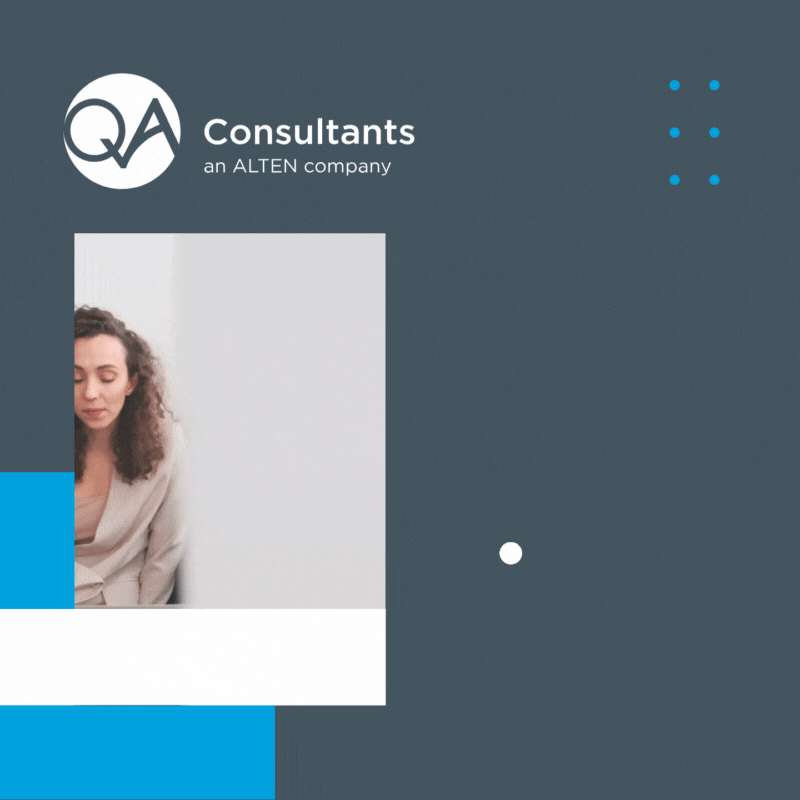Black Friday Guide
Three tips to prepare your e-commerce site for a successful Black Friday and Cyber Monday, and ensure less downtime and greater conversion rates.
To adapt to the issue, some retailers now start their sales as early as October in order to spread the load. While there may be good reasons to start early due to consumer trends, what e-commerce retailers really need is a robust e-commerce site that can withstand high load during the holiday peak season, concentrated sales events, and big marketing campaigns.

The responsiveness of your e-commerce site has a direct effect on conversion rates. A shopper who gets frustrated during their visit will abandon your site for another. It pays to be fast enough to delight your site visitors and lock down those sales!
What happened during Black Friday 2021
Last year, nearly 155 million Americans shopped during Black Friday. Although retailers started sales as early as October, Black Friday was the most popular shopping event, with 154.5 million people making purchases in stores or online. And nearly 180 million Americans shopped from Thanksgiving Day through Cyber Monday in 2021 (source: SpendMeNot).
This means that website outages and slowness lead to a big hit in revenue and reputation, as frustrated shoppers go elsewhere to complete their purchases. Last year, Office Depot was down for a few hours during Cyber Monday, and other notable retailers with technical issues included Walmart and GameStop. In most cases, Black Friday outages are caused by the surge in holiday traffic. And in many cases, these are preventable by preparing your e-commerce site from a performance engineering standpoint.
How to prepare for the upcoming Black Friday and beyond
We sat down with James Pulley, our Chief Performance Engineer, and discussed three of the most common causes that lead to poor performance and how to fix them. If you are interested in the complete checklist, be sure to download our Black Friday Readiness Guide where we share 11 tips to improve your site’s performance and get ready for the busy holiday shopping season.
1) Mobile Optimization – Is your mobile site as fast as your desktop?
Last year, almost 43% of Black Friday sales happened through mobile phones (source: Adobe Digital Insights) and over 70% of purchases made on Shopify were made through mobile (source: Shopify).
Now that mobile accounts for a significant portion of Black Friday sales, we need to address the ugly truth that no one wants to speak about, which is that mobile users convert at a lower rate than desktop users. While conversion is complex, a leading factor is the client response time. Slower sites convert at a lower rate, and mobile sites are traditionally slower. Make sure to pay special attention to mobile optimization.
While there’s nothing you can do about the mobile network, the solution is to address what you can control, which is the speed of your mobile site or app. Ensure your mobile site is fast enough to overcome the problems of the network. Benchmark it and aim to make your mobile site as fast as your desktop.
2) Cache Model – Are your landing pages 100% cacheable?
Appropriately managing your cache model is a big part of what makes sites fast and scalable. You may recall the Coinbase Super Bowl advertisement. This was a classic example of a failure to cache the entire landing page. A small amount of dynamic data took the site down in less than 15 seconds after the advertisement began. Daily, Twitter users report websites that fail under load for issues identical to those that took out Coinbase. Expect to read more reports as we move into the holiday sales period.
In order to prepare, check the cache headers on the front page and campaign landing pages of your e-commerce site. Both the page and assets should be cacheable and supported by a content delivery network (CDN). Landing pages fall under informational user transactions and should be served 100% out of cache, saving finite system resources for conversion path business processes like searching inventory or checking out of your store.
If you don’t have a CDN provider, your minimal investment should be a site level cache to keep repetitive load off your core servers. It should be a default item in your architecture definition, just like a web application firewall or a load balancer.
3) Cart System – Do you have a default shopping cart or a perpetual cart?
The impact of a default shopping cart can be significant on system resources, site performance, and ultimately lower conversion rates and lost revenue. By over-allocating resources to non-converting users, resources for users on a conversion path to revenue are impacted. This results in a slower response time and high abandonment. High-traffic times like Black Friday can lead to resource exhaustion for the entire cart system.
It’s also time to clean up your e-commerce cart system. Introduce a task to remove empty carts each evening before your backup window. There is nothing to convert in an empty cart. It simply takes up space and makes your index lookups slower. Remove the dead carts.
Do you have carts storing items no longer in inventory? Do you have carts that have not been touched in more than 90 days? Too many dead carts will clog your system, slowing all cart actions that require lookups or updates to cart storage. You don’t want to allocate any more finite system resources to non-converting users than you absolutely have to.
We hope you found these tips useful, and remember to download our Black Friday Readiness Guide for more tips.

Chief Performance Officer
For the past 30 years, James has been helping customers improve both the responsiveness and the scalability of software. He has held positions with TEK Global Services, NewCOE, PowerTest, Mercury Interactive, Microsoft, Ganymede Software, and Gigalabs (supercomputing infrastructures).
